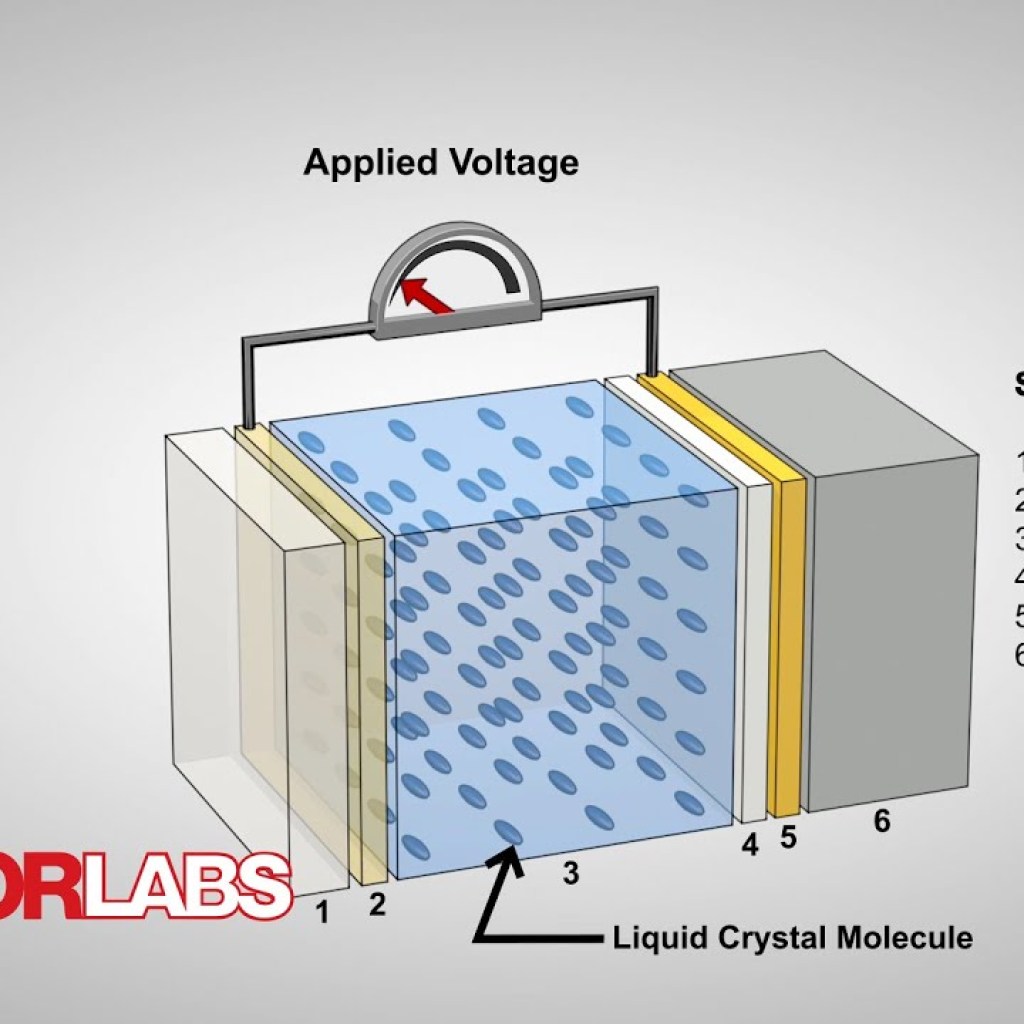Output Coupling Efficiency
Source: MDPI Understanding Laser Power Efficiency The Importance of Power Efficiency in Lasers Efficiency is a critical factor in the performance of lasers, particularly the power conversion efficiency. This efficiency can be affected by various factors, including intracavity losses in the laser resonator. Intracavity Losses and Efficiency Intracavity losses within the laser resonator can impact […]
Output Coupling Efficiency Read More »







